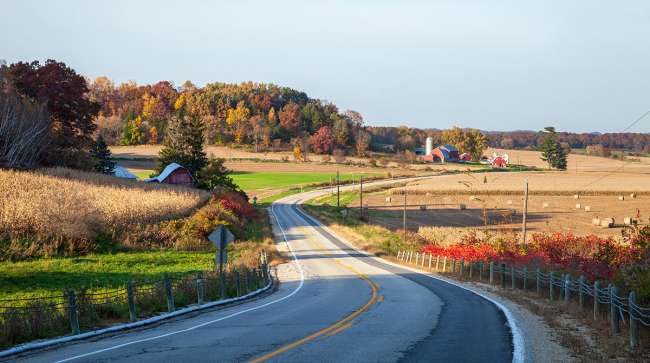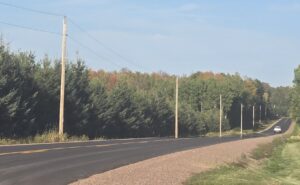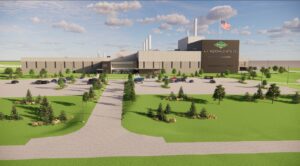The situation?
Wisconsin’s agriculture and food processing industries contribute $116.3 billion in economic impact to the Badger State and support nearly 354,000 jobs. However, many of Wisconsin’s rural roads are currently in poor condition, with weight restrictions forcing farmers to take longer routes or to transport products in half-loaded trucks, reducing efficiency in transportation and increasing the cost of getting products to market. In 2022, 504 local bridges across Wisconsin were load-restricted due to condition or obsolescence.
Improving rural roads connected to farms and agricultural facilities is crucial for enabling Wisconsin’s agricultural industry to be competitive globally.
What are the projects and how will they benefit the state and local communities?
Investment in rural roads benefits various stakeholders across the state. Dairy processors and farmers will benefit from having a stronger and more efficient transportation network to get their products to market. Rural communities will also benefit as this investment stimulates local economies and makes safer connections.
What makes the investment possible?
The one-time $150 million Agricultural Roads Improvement Program (ARIP), administered by WisDOT, was established in the 2023-25 Wisconsin State Budget to improve rural roads. ARIP funds up to 90% of total eligible project costs, with the remaining balance covered by the local project sponsor.
The Evers Administration announced the first round for ARIP in July 2024, with nearly $50 million awarded to support 37 projects across 28 counties. They followed with the second tranche of funding awards in early February, with 55 projects in 36 counties selected to receive $100 million.
Next steps?
With approximately 300 applications requesting more than $500 million in funding for the latest round of funding and demand far exceeding available funds, there are calls from the Wisconsin Ag Coalition to continue this program. In his recent budget proposal, Governor Evers recommended $50 million for ARIP funding in the 2025-2027 budget.






